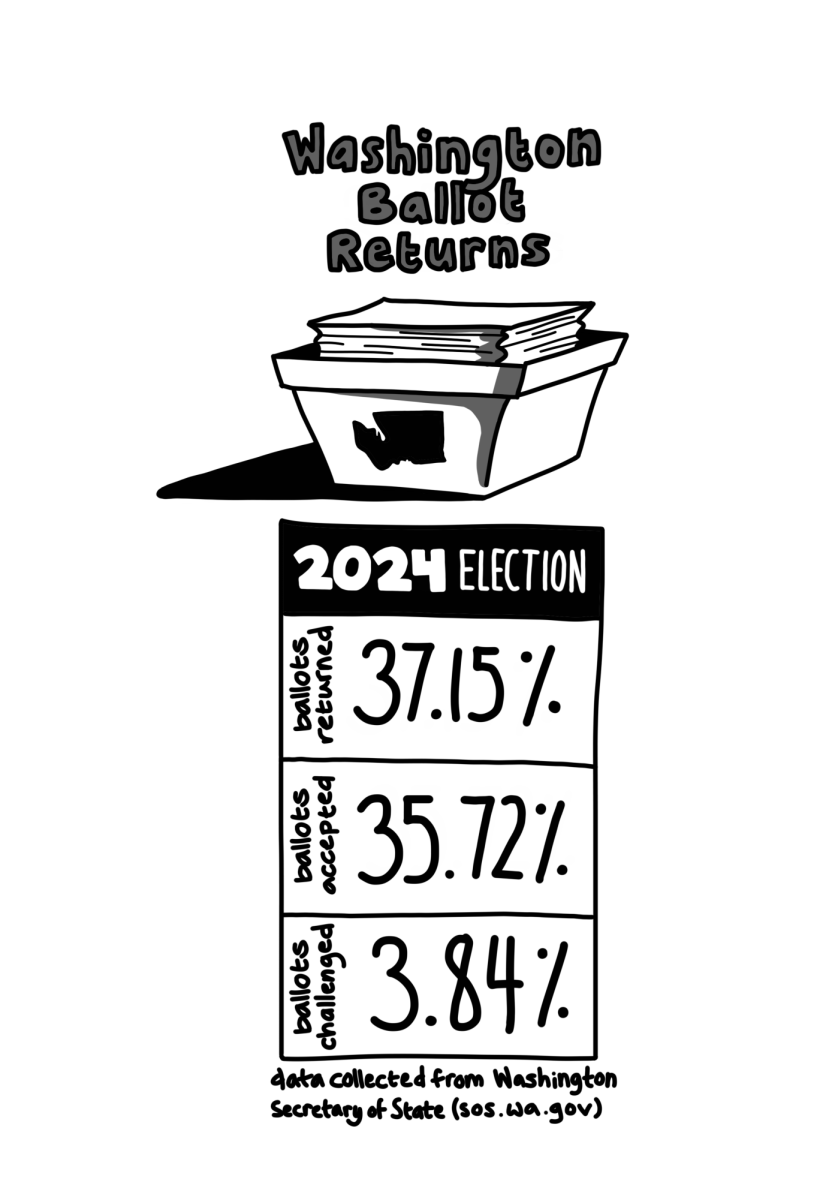On Jan. 25, the New York Times printed an article stating that the Senate Finance Committee was requesting financial information from the 136 wealthiest colleges and universities. The committee is particularly interested in how these schools spend their endowments, and is currently considering requiring some schools to spend up to 5 percent of their endowment annually. This potential requirement would most likely not affect Whitman, whose endowment was $390 million as of June 30, 2007. However the Finance Committee’s demand illuminates several key issues among the broader education community.
In the New York Times Sen. Charles E. Grassley from Iowa, ranking Republican on the committee, spoke of the committee’s intentions, saying, “Tuition has gone up, college presidents’ salaries have gone up, and endowments continue to go up and up. We need to start seeing tuition relief for families go up just as fast.”
Concurrent with most other college and university administration’s opinions, Whitman President George Bridges expressed his dislike of the proposed requirement.
“I don’t like the idea of schools being required to increase endowment spending because they used their endowments for different purposes, but I do like the idea of finding new ways to reduce or at least cover the costs of education,” he said.
Whitman follows a spending plan which allows for 5 percent of average growth of the endowment calculated on a trailing average. Whitman’s Treasurer and Chief Financial Officer Peter Harvey explained the calculation, saying, “We use 12 quarters to stabilize the formula for how much income comes out, and given that the income comes out to pay for faculty salaries and student scholarships; we don’t want the amount fluctuating very much if we can help it.”
The Senate Finance Committee examines schools’ endowment spending based on one market point per year. If Whitman adopted this way of measuring, they would most likely not meet the 5 percent proposed quota.
“I am opposed to [the potential requirement] as a matter of principle, because I want the smoothing effect to have stable income to support financial aid and faculty salaries,” said Harvey. “The idea with an endowment is that it’s supposed to last in perpetuity, and it’s supposed to benefit future generations of students as much as it benefits today’s generation.”
Whitman’s tuition for the 2007-’08 school year is $32,980, and Harvey said that there will be a tuition raise for the next school year. This number does not include the $8,000 cost, per student, per year, above tuition that the college draws from its operating budget to cover costs of each student’s education.
“Setting tuition is the toughest issue that we face every year: trying to find that balance between keeping college affordable for those coming, but also making investments in new programs and services to make a Whitman education even better each year,” Harvey said.
With soaring costs of education, reflecting numbers that more than account for inflation, Harvey emphasized the fact that Whitman is seeking to not only maintain, but enhance the quality of education delivered.
“When senators and the public look at our tuition going up 6.5 [or] 7 percent, and it’s going up more than inflation, that’s in the neighborhood of 4 percents, they say, ‘Well, why can’t you keep it at inflation?'” said Harvey. “The thing they don’t consider is that inflation is measuring the quality of something staying the same from year to year. I sincerely believe Whitman has gotten better dramatically in the last 15 years.”
Regardless of its benefits, a higher tuition may prove difficult for some students to meet in a market that is on the brink of a recession.
“We’re spending what we can given the level of our endowment and instability of the
markets,” said Bridges. “We are in a race with other schools, and our endowment is much smaller than the schools with which we compete for students and faculty, so we really can’t afford to spend our endowment at a higher rate. We need to grow the endowment, not shrink
it.”
In 2001, after the 9/11 terrorist attacks, the U.S. economy suffered a mild recession. During that time, Whitman’s returns on investment significantly decreased. However, reserve funds and advanced planning allowed Whitman to avoid faculty, staff and program cutbacks.
“We planned for it [the 2001 recession] to the extent you can, and we managed it as best we could,” said Harvey. “I’m confident that in a similar experience Whitman can handle it well.”
Recessions can also cause declining enrollments among students who are no longer able to meet their financial requirements.
“We have reserves to cover enrollment shortages in the event that that happens,” Bridges said. “We do have a plan for helping the college through a recession period and if a family suffers a loss of income due to a lost job or a layoff, we can and will help them obtain more financial aid.”
Seventy-eight percent of Whitman students are currently receiving some form of financial aid. For the past two years, Whitman, whose admission policy is need-blind, has been able to meet 95 percent of fully demonstrated financial aid among accepted students. Director of Admissions Kevin Dyerly is hopeful that this trend will continue.
“The commitment we make to [accepted] students and families is that we are going to meet your need and scholarship dollars for the four years,” said Dyerly. “If your need goes up, then your scholarship will go up.”
Each year Whitman earmarks about $15 million to financial aid.
“We have to have more scholarship money for students, period,” said Bridges.
According to Bridges, the school is currently planning a fund-raising campaign to raise millions more to support additional scholarships. Currently, Whitman brings in around $10 million per year from fund-raising.
One of the ways that Whitman judges the affordability of a Whitman education for students and families is by the average debt students have upon graduating. Whitman’s figures average $16,000 at the completion of four years.
“To compare that to people graduating from the University of Washington, which is a large public school significantly subsidized with tax dollars, it’s about the same; Whitman may be even slightly less,” said Harvey.
While a select few universities have made a pledge of free entry to students whose families earn under a specified amount, Whitman’s endowment does not allow it to do the same. However, the school is still striving to lower costs for families with low socio-economic backgrounds.
“One of things we’re looking at is reducing the amount of loans that students from certain incomes would have to borrow and perhaps eliminating loans for students whose parents make very little money,” said Director of Financial Aid Varga Fox. “At this point we don’t have the endowment to do what Harvard, Yale and some of the other schools which have billions of dollars in their endowment are doing.”
Dyerly summarized saying, “We’re continuing to do the best possible job that we can in allocating the resources that we have.”








